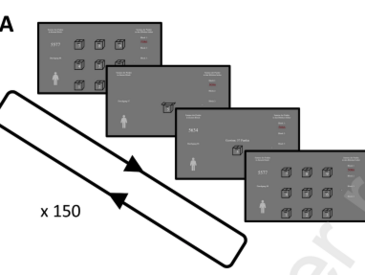Ludwig Danwitz, Bettina Von Helversen
The Journal of Chemical Physics 160 (2023): 152501
doi: 10.2139/ssrn.4732127
Stretching or compression can induce significant energetic, geometric, and spectroscopic changes in materials. To fully exploit these effects in the design of mechano- or piezo-chromic materials, self-healing polymers, and other mechanoresponsive devices, a detailed knowledge about the distribution of mechanical strain in the material is essential. Within the past decade, Judgment of Energy DIstribution (JEDI) analysis has emerged as a useful tool for this purpose. Based on the harmonic approximation, the strain energy in each bond length, bond angle, and dihedral angle of the deformed system is calculated using quantum chemical methods. This allows the identification of the force-bearing scaffold of the system, leading to an understanding of mechanochemical processes at the most fundamental level. Here, we present a publicly available code that generalizes the JEDI analysis, which has previously only been available for isolated molecules. Now, the code has been extended to two- and three-dimensional periodic systems, supramolecular clusters, and substructures of chemical systems under various types of deformation. Due to the implementation of JEDI into the Atomic Simulation Environment, the JEDI analysis can be interfaced with a plethora of program packages that allow the calculation of electronic energies for molecular systems and systems with periodic boundary conditions. The automated generation of a color-coded three-dimensional structure via the Visual Molecular Dynamics program allows insightful visual analyzes of the force-bearing scaffold of the strained system.
© 2024 Author(s)

